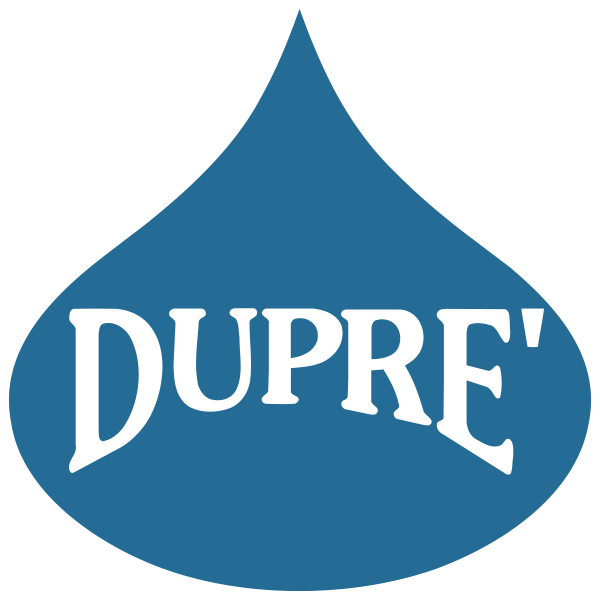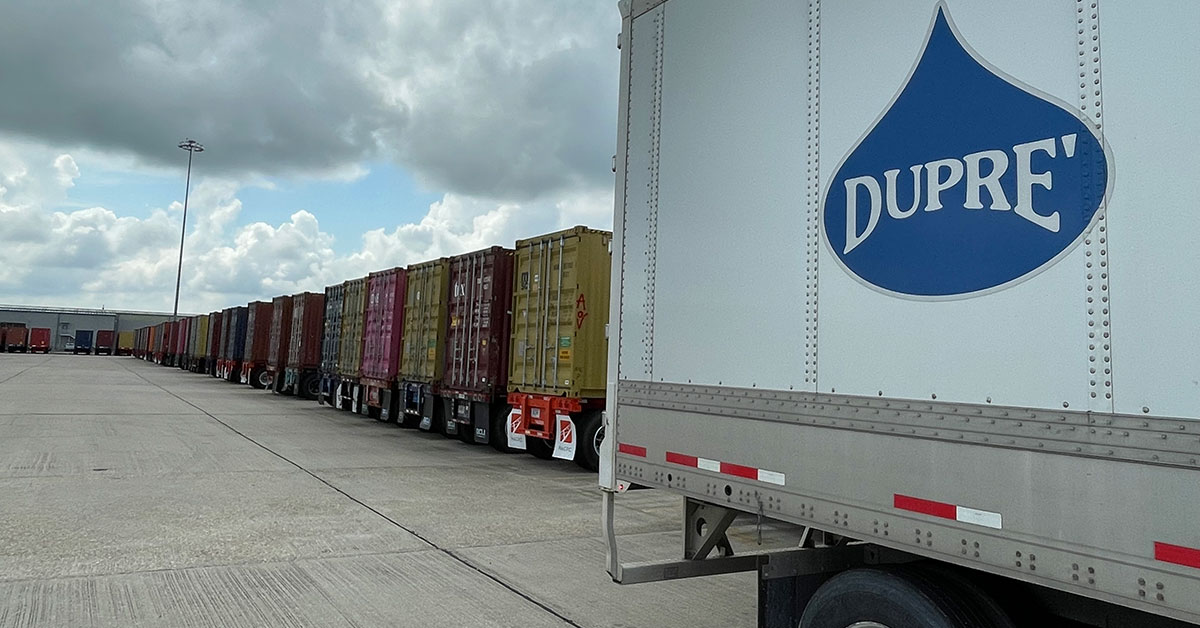In an age of expanding global trade opportunities, coordination of your company’s activities– particularly shipping and procurement–is essential. Well-organized supply chains can stay efficient and increase profits by closely examining their current processes and making necessary changes. One smart move is to invest in Transport Management Systems (TMS), a specialized type of supply chain management software that allows more in-depth communication across various parts of your supply chain, particularly between order management and warehouse/distribution facility.
A recent study by Logistics Management magazine found that 37% of those surveyed used some form of TMS (up from 32% in the previous year’s survey), with another 25% planning to invest in such software in the coming year. Logistics Management quotes Adrian Gonzalez, director of Logistics Viewpoints: “A lot of shippers have come to grips with the fact that this is the business environment that they have to operate in now. It’s going to be dynamic and there are going to be ups and downs.”
As even more additions to TMS– like advanced functionality and global trade support–are being tested for the future, you don’t want your business to be left behind. Here are 5 reasons we believe investing in TMS could be beneficial to your supply chain.
Supply chain optimization and visibility
A strong TMS offers up-to-date data patterns and trends, allowing managers to forecast supply and demand. Capgemini Consulting’s 18th annual Third Party Logistics Study found that 49% of those surveyed used TMS and other data technology tools to gain greater visibility throughout their supply chain process. TMS allows you to communicate with trading partners and service providers, providing you with the time needed to confront and solve production problems that might occur along the chain.
Efficient routing and scheduling
Increased visibility along the production chain means you can better schedule deliveries and pick-ups, avoiding mix-ups about dates and routes that might have occurred in the past. This can help to provide better customer service, and unwanted penalties and chargebacks. Kevin Bott of Ryder System, Inc.,estimates that a good TMS can save a company 20-30% on routing costs. They can also provide flexible, scalable advanced shipping that can handle multiple clients with different needs in real time, and allows for changes when the unexpected arises.
Reduced freight costs
In a 2013 Global Market Research study by ARC, 40% of respondents said that giving up their current TMS and returning to manual planning and processing would increase their total freight costs by 5-10%; 23% of respondents stated that total freight costs not under TMs would increase by more than 10%. A good TMS allows for real-time, live carrier rates that allow supply chains to calculate actual, rather than theoretical, ROI, and thus reduce costs.
Maximized Loads and Shipping Large Quantities in One Route
A good TMS will allow for intermodal strategizing that can plan and manage transportation needs across air, freight, or rail transport. It can also provide for fleet management that includes vehicle efficiency, driver monitoring, and critical data on routes, weather, and delays.
Centralized Management of Inventory, Accounts, and Dock/Yard
Its centralized, multi data management means a good TMS can give a clear set of real-time data regarding customer needs, and shipping and receiving appointments. It therefore allows you to better plan for inventory needs, as well as automating your accounts receivable and payable. It can also help with such dock and yard management elements as worker in/out times, loading dock visibility, trailer assignments, and other aspects of the day-to-day management of the yard. With the optimization a good TMS can provide, there’s the potential for reducing yard labor and equipment by 30%, and positive dock utilization by 20%.
A smart supply chain manager will do everything he or she can to make sure there is optimal visibility and communication among various links in the chain. TMS allows you to increase margins while maintaining quality, providing a tool that coordinates and maximizes your chain output and efficiency.

